Beschreibung
The Battle of Kursk – The End of the Western Legends
by Dr. Karsten Heinz Schönbach
While in recent decades Western research has often worked to explain earlier Soviet and more recent Russian accounts of the Battle of Kursk as “legends” and “myths”, it has itself constructed two very complex legends and developed them into the centre of its accounts. In Dr Schönbach’s opinion, these are the Hitler legend on the one hand and the Siegfried myth on the other.
According to Schönbach, the Hitler legend was originally based on the post-war writings of German generals during the Second World War. These assign Hitler a central role in the defeat of the Wehrmacht in the Battle of Kursk. Overall, three main arguments are built up and constantly repeated in sometimes contradictory accounts: firstly, the plan was flawed and was Hitler’s; secondly, Hitler waited too long and ordered the attack far too late; thirdly, Hitler broke off the battle too early and thus either gave away the possible victory or at least caused the catastrophic situation that resulted. These positions are largely accepted, at least in part, by the majority of Western researchers.
Schönbach presents a large number of documents from the Wehrmacht files which show that Hitler himself did not play a prominent role either in the brainstorming or the planning or even in connection with the execution of the “Citadel” operation. Hitler himself was rather uncertain about a new offensive in the east and ultimately not in favour of a German offensive in the Kursk Salient. Instead, the documents in question show that a group of field marshals and generals were the driving force behind the “Citadel” operation and had largely pressurised Hitler to prepare and carry out a German attack. Other problems in the preparation of Operation “Citadel” – such as the constant postponement of the date of the attack – also had nothing to do with Hitler on the surface. The image of the overpowering dictator, who thought everything through, planned and decided alone and appeared everywhere at the same time as the central player, does not emerge from the Wehrmacht files and turns out to be a legend.
According to Dr Schönbach’s analysis, the Siegfried myth is the core of almost all Western depictions of the German Wehrmacht in the Battle of Kursk. The term was named by Dr Schönbach after a figure from Norse mythology – Siegfried the dragon slayer. Siegfried was an invincible and invulnerable fighter. Invincibility on the one hand and invulnerability on the other are the two indispensable sides of Siegfried – and therefore also the two indispensable sides of the Siegfried myth.
These two sides of the Siegfried myth manifest themselves in Western historiography on the German Wehrmacht and the Battle of Kursk in particular through, on the one hand, the claim of exorbitantly high kill rates of enemy tanks, which the Wehrmacht’s armoured troops allegedly achieved in the Battle of Kursk (invincibility). On the other hand, this Siegfried myth was manifested by the claim that the Wehrmacht’s armoured units had suffered virtually no losses in the battles with the Red Army (invulnerability). This is referred to as “total losses”. By this, Western historians mean that the German tanks shot down by the Red Army were not real losses at all, but were only temporarily under repair and consequently returned to the battlefield. “Total losses”, i.e. tanks that were really lost for good, only occurred in a few cases. This is based primarily on the statistics on the “tank situation” from the files of the Inspector General of Armoured Forces, which allegedly document the exact German losses.
Dr Schönbach’s research uses Wehrmacht documents to show that both the Wehrmacht’s exorbitantly high firing rates and its allegedly incredibly low losses are merely an unhistorical myth. Schönbach uses the war diaries of the 9th Army and the 4th Panzer Army to show that the army staffs corrected the reports of the divisions on alleged losses downwards several times and documented much lower figures than the reporting divisions – especially the SS divisions.
With regard to the allegedly low losses or “total losses”, Dr Schönbach uses countless Wehrmacht documents to show that the incessant attack by the Red Army caused tank failures to increase to such an extreme extent that the tank repair companies were unable to keep up with the flood of broken-down tanks. The result was a “repair backlog” that included several hundred tanks in total. Notes in the files that the broken-down tanks were only temporarily in the workshop were nothing more than euphemisms for “total failures”. In reality, most of these tanks never returned to the Kursk battlefield. If one considers the battle sequences in connection with the logistical mechanisms of the rear services of the armoured divisions, it becomes clear that the German tank losses were in reality much higher. This is the first time that the subject of armour repairs in connection with the Battle of Kursk has been presented in depth.
In addition, Dr Schönbach uses countless Wehrmacht documents to prove that many divisions internally documented much greater failures and losses than were reported to higher authorities. In some cases, the actual losses of tanks were three times as high as those reported to higher authorities.
When the battle got out of control in the course of the Soviet counter-offensive from 12 July 1943, almost all command authorities began to falsify the documentation of the real war situation. In this way, the desperate war situation was made to look better, the generals covered up their own failures, concealed the real losses and ultimately calmed the nerves of the “Führer”. The deliberate falsification of the real war situation on the part of the command authorities ultimately permeated the Wehrmacht documents right through to the battle reports and war diaries of the armies. The manipulation of casualty figures and firing rates by the German military and thus the falsification of the documentation of the real war situation was even known to the Nazi leadership and was already openly discussed by the political leadership of the “Third Reich” during the war.
Dr Schönbach is the first historian to uncover the manipulation of the command authorities and gives the discussion about the Battle of Kursk a completely new impetus.
About the author
Dr Karsten Heinz Schönbach holds a doctorate in history and specialises in research into fascism and military history, particularly for the period of the Second World War. He is the last student of Professor Wolfgang Wippermann (* 29 January 1945 in Wesermünde; † 3 January 2021 in Berlin), the last chair holder among German fascism researchers.
Dr Schönbach studied economics, German studies and history at Humboldt-Universität zu Berlin and Ernst-Moritz-Arndt-Universität zu Greifswald. In 2012, he completed his doctorate at the Free University of Berlin under Professor Wippermann with the thesis “Die deutschen Konzerne und der Nationalsozialismus 1926 – 1943”, which is regarded as the standard work on the relationship between large industrial cooperations and Hitler’s government. In total, he has produced more than ten publications on fascism research in recent years.
To date, Dr Schönbach’s work has focused on the relationship between the Nazi leadership and industrial magnates before and during the Second World War. In this respect, his research to date has concentrated on the organisation of the war economy – in particular war financing and the balance of power in the Nazi economic apparatus.
Based on his previous insights and findings, Dr Schönbach is therefore an opponent of the so-called “Hitler legend” in research, which de facto declares Hitler to be the “lone perpetrator” with regard to the central political and military plans and decisions of the Nazi leadership and the resulting crimes.
In 2022, Dr Schönbach began to expand his research from the economic to the military side of German warfare. The book “The Battle of Kursk”, first published by Lander & Børg in German in January 2024, marks the start of a whole series of research projects on the second half of the war (1943 – 1945).

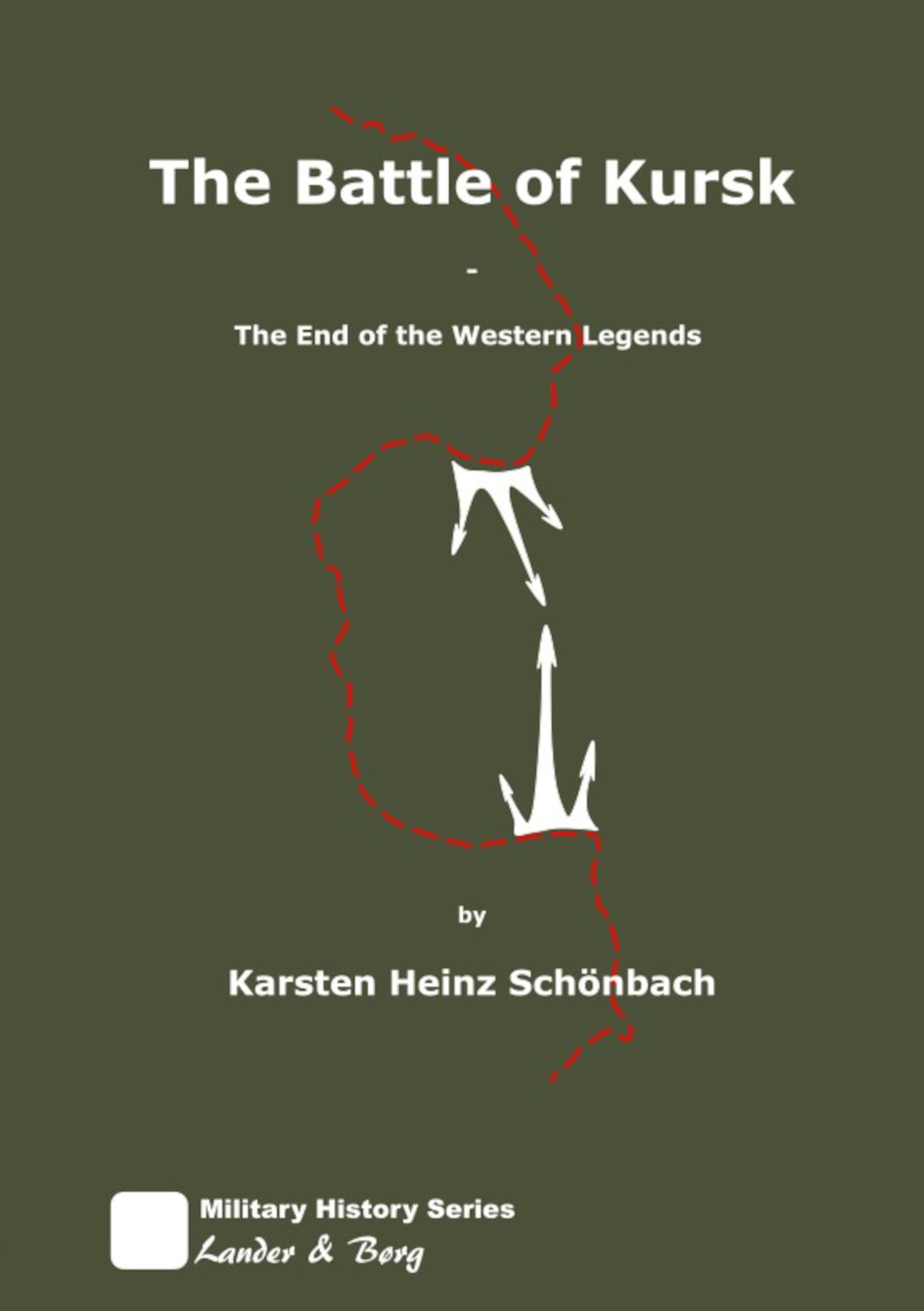
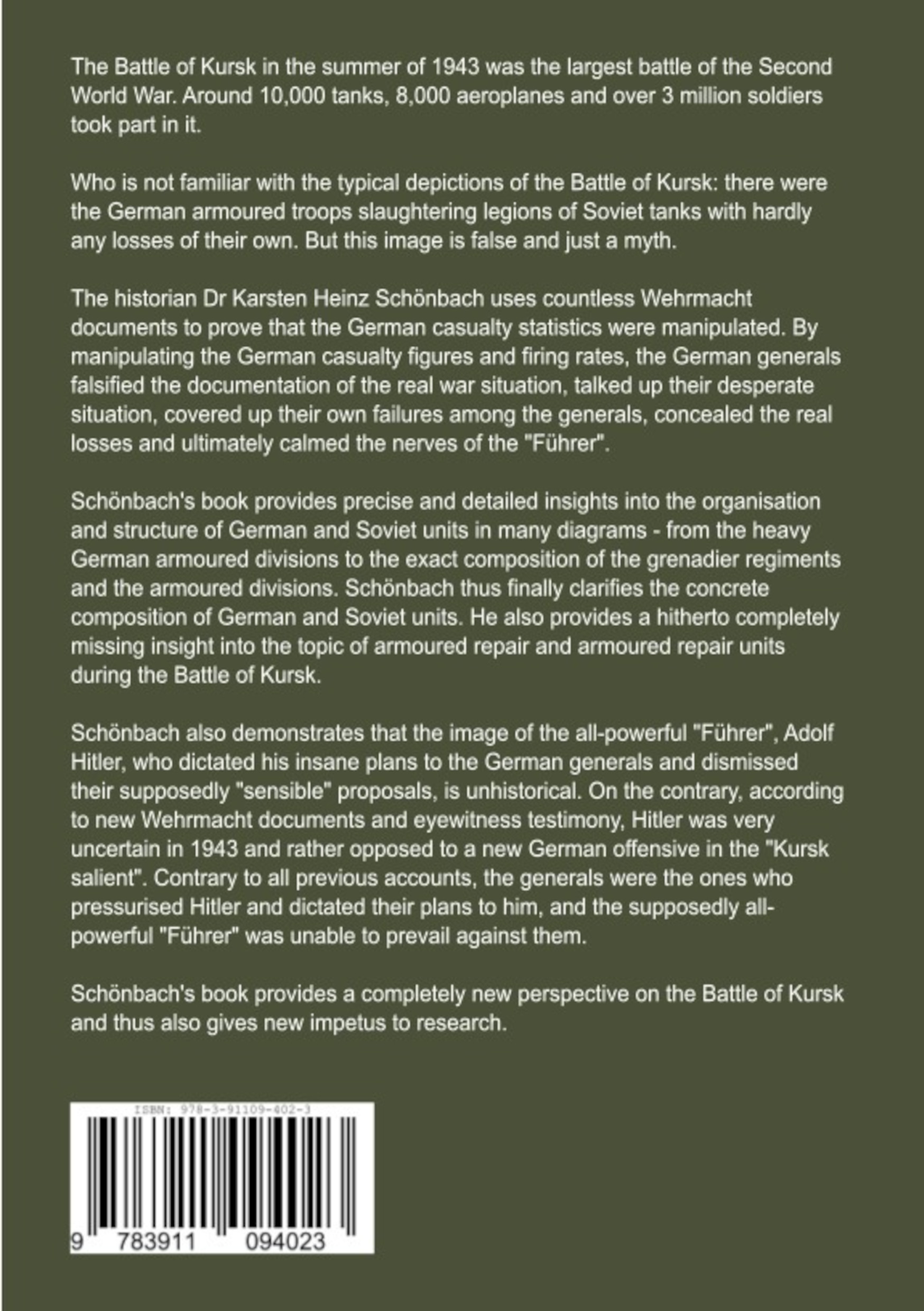

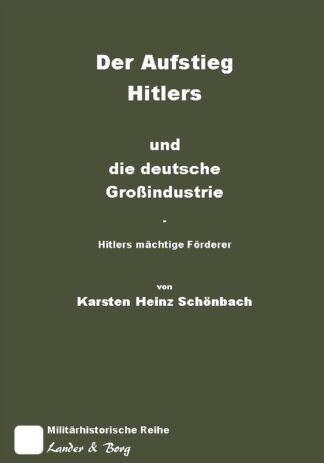
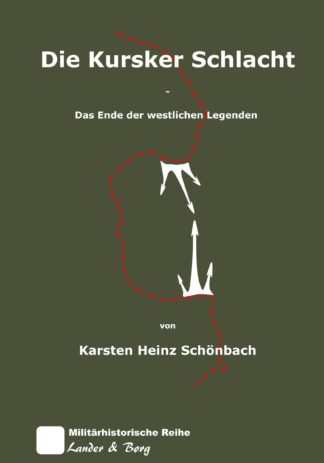
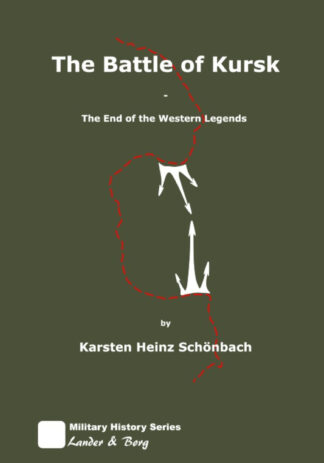
Bewertungen
Es gibt noch keine Bewertungen.